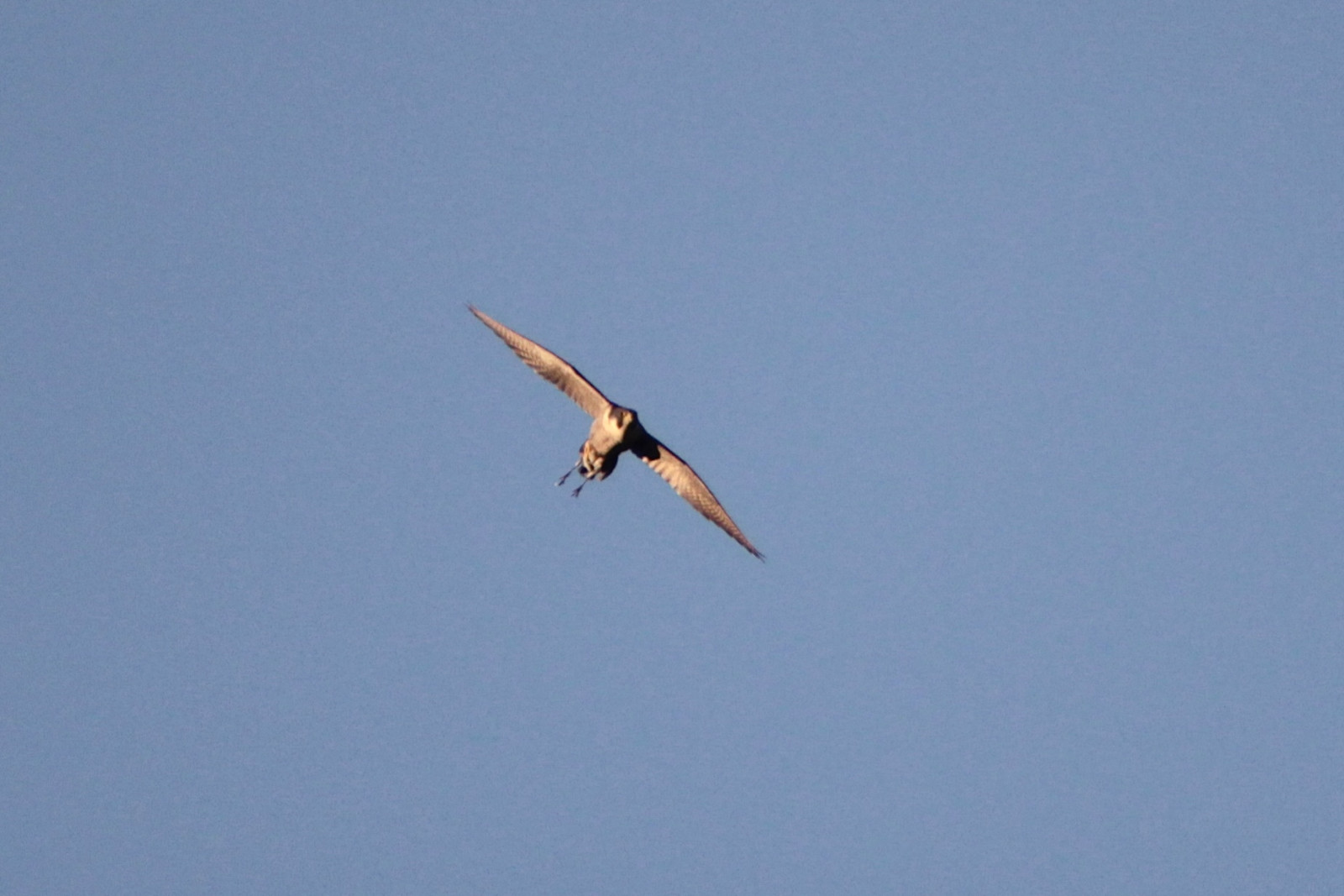Opis
A visit to Dhünntalsperre is particularly worthwhile in winter, as many ducks hibernate on the reservoir. Every year, rarities such as nur czarnoszyi, lodowiec, perkoz rogaty, perkoz rdzawoszyi and uhla are reported in winter. A srokosz has overwintered on the clear-cut areas in recent years and błotniak zbożowy and sokół wędrowny can also be observed in winter.
With a bit of luck, you may see rybołów on migration. In summer bocian czarny, Trzmielojad and kobuz are among the area's highlights. The birds that can be observed all year round include czernica, kruk, pluszcz, czyż and many more. Note that a scope is very helpful to ID the different species, that can be far away on the water body. If you dont want to hike 12 km you can go to the dam and watch birds from there. You can check what species were observed on Ornitho.de, choose NW and then GL to acess the district, where the reservoir is located.
Szczegóły
Dostęp
The Dhünntalsperre is located in the Rheinisch-Bergischer Kreis, between the towns of Wermelskirchen, Wipperfürth, Kürten, and Odenthal in the Bergisches Land. It's the second-largest drinking water reservoir in Germany. This 12 km circular walk is located in the easternmost part of the reservoir and starts near the village of Hutsherweg. Press P on the map for directions to the parking.




